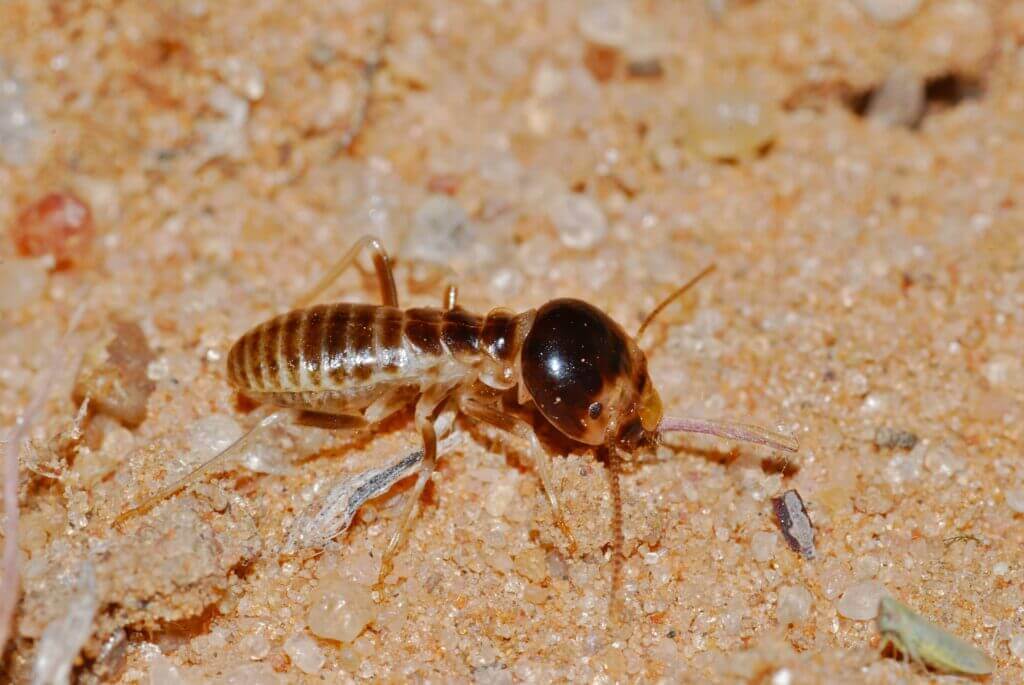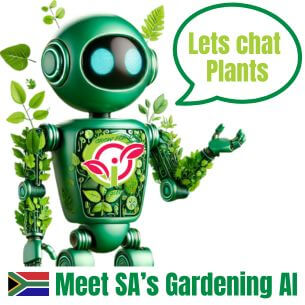A guide on How to Get Rid of Termites in the Garden
Dealing with Termites: A Gardener’s Guide to Treat Termites and Harvester Termites
In South Africa, gardeners often face the challenge of treating termites, especially the notorious harvester termites. These silent destroyers can wreak havoc on your beautiful garden but fear not. In this comprehensive guide, we’ll discuss how to treat termites and specifically focus on the methods to combat harvester termites. Understanding how to deal with these pests is essential for maintaining your garden’s health and beauty.
Gardening Nightmare: Harvester termites can silently wreak havoc on your beautiful garden, and treating them effectively is crucial. We’ll explore the extent of the damage harvester termites can cause and why it’s essential to treat them promptly.
A Growing Problem: The prevalence of harvester termites in South African gardens is on the rise, making it increasingly important for gardeners to understand the need to treat them. Factors like climate changes and environmental shifts have contributed to the growing issue.
The Importance of Knowledge: Knowledge is your most potent weapon in the battle against harvester termites. We’ll equip you with the knowledge you need to treat these garden invaders effectively.
Understanding South African Garden Termites
Getting to Know Termites in the Garden
In South Africa, various termite species inhabit gardens. To effectively treat harvester termites, it’s crucial to understand who you’re dealing with. Let’s shed some light on these garden invaders.
Species Spotlight: Identifying the most common termite species found in South African gardens, especially harvester termites, and understanding their unique characteristics is the first step to effective treatment.
Harvester termites, can be identified by their physical characteristics. Harvester termites are typically small, pale in color, and have a distinct head and mandibles that they use for collecting food. Understanding these unique features is essential for effective treatment.
Life and Habits: To treat harvester termites, you must understand their life cycle, feeding habits, and behavior. The lifecycle of harvester termites involves a series of stages, including egg, nymph, and adult. These termites are known for their above-ground activities, as they gather grass and other plant material to feed their colony. Understanding their life cycle, feeding habits, and behavior is essential for predicting their movements and treating them effectively.
Telltale Signs: Harvester termites leave subtle signs of their presence, and knowing how to recognize these signs is crucial for treating them effectively. Signs of harvester termite presence include the accumulation of harvested grass and plant material near their nests, which are often built above ground. Additionally, you may notice small, pale termites with distinct heads and mandibles foraging for food.
Signs of Termite Infestation
Spotting Harvester Termites in the Garden: A Gardener’s Detective Work
Harvester termites are sneaky creatures, and it’s often challenging to detect their presence until significant damage is done. However, there are subtle signs that can tip you off. Learn how to become a harvester termite detective and effectively treat them.
Mud Tubes and Nests: Recognizing the presence of mud tubes and nests is a clear sign of harvester termite infestation. Knowing how to identify these structures is crucial for effective treatment.
Damaged Wood and Plants: Harvester termites feed on cellulose, which means they can consume wooden structures and plants. To effectively treat harvester termites, you must understand how damaged wood and plants look and act promptly.
Swarmers: Harvester termite swarmers are the winged, reproductive members of colonies. Recognizing swarmers and understanding their behavior is essential for early detection and treatment.
The Impact of Termites on Your Garden
Treating Harvester Termites: Restoring Your Garden’s Health and Beauty
Harvester termites don’t just damage your plants; they can also undermine the structural integrity of your garden features.
How do Termites Damage My Plants?
Feeding on Plant Material: Some termite species, like harvester termites, feed on plant material, including grass, leaves, and other cellulose-rich components. They can consume these plant parts, which can lead to visible damage.
Tunneling and Nesting: Termites often build nests underground or in the vicinity of plants. They create tunnels and chambers to house their colonies. As they tunnel through the soil, they can disturb the root systems of plants, potentially causing stress and damage.
Indirect Damage: Termites, by disrupting the soil and the root systems of plants, can create conditions that are favorable for other plant-damaging organisms, such as fungi or pathogens. This can lead to secondary damage to plants.
Weakened Plants: When termites feed on or tunnel near plants, it can weaken the plants’ structural integrity and overall health. Weakened plants may be more susceptible to other stressors like drought, which can further harm them.
How do Termites Damage My Garden?
Garden Aesthetics: Treating harvester termites is essential to preserve the aesthetic appeal of your garden. These pests can turn your lush paradise into a damaged landscape, emphasizing the need to treat them effectively.
Structural Damage: Harvester termites can damage wooden structures within your garden, such as decks and fences.
Economic Consequences: Repairing or replacing plants, wooden structures, and other garden features damaged by harvester termites can be expensive. Treating them effectively is not only cost-effective but essential to prevent further economic consequences.
Preventing Termite Infestations
Guarding Your Garden Against Harvester Termites
Prevention is the best defense against harvester termites. From garden design tips to effective maintenance practices, we’ll show you how to create a garden that’s less appealing to these pests and, in turn, treat termites more effectively.
Strategic Garden Design: To treat harvester termites effectively, start with a garden design that minimizes wood-to-soil contact and employs proper soil management practices.
Regular Maintenance: Maintaining your garden is crucial to treating harvester termites.
Dealing with Termite Infestations
Taking Action to Effectively Treat Harvester Termites in The Garden
If you suspect a harvester termite infestation, it’s crucial to act swiftly. We’ll guide you through the steps to take, whether you’re dealing with a minor issue or a full-blown termite invasion.
Immediate Action: Acting promptly to isolate affected areas and remove infested wood is essential to treat harvester termites effectively. Early action limits the damage they cause.
Baiting Systems: Termite baiting systems involve placing termite bait stations in the ground around your property. Termites consume the bait and take it back to their colonies, ultimately eliminating the colony. The bait is specifically designed to be less toxic to the environment and other organisms.
Professional Help: Know when to seek expert assistance. Professionals can offer effective and lasting solutions for more extensive infestations.
Now You Know How to Get Rid of Termites in the Garden
Wrapping Up: Your Guide to Effectively Treat Harvester Termites in the Garden
As a South African gardener, dealing with harvester termites is part of the journey. Armed with knowledge and the right strategies, you can protect your garden’s beauty and integrity.
Share your stories and experiences in treating harvester termites in South African gardens. This allows our community the exchange of insights and solutions, creating a support network for gardeners and building a community of like-minded gardeners who can provide ongoing support in your battle against these pests.
Ongoing Vigilance: We must emphasize the importance of ongoing vigilance in treating harvester termites and protecting your garden from future infestations. The battle against these pests is not a one-time effort; it requires continued attention to keep your garden thriving.
This comprehensive guide equips South African gardeners with the knowledge and strategies needed to effectively treat harvester termites and protect their gardens. It’s a valuable resource for anyone passionate about maintaining a beautiful, termite-free outdoor space.



